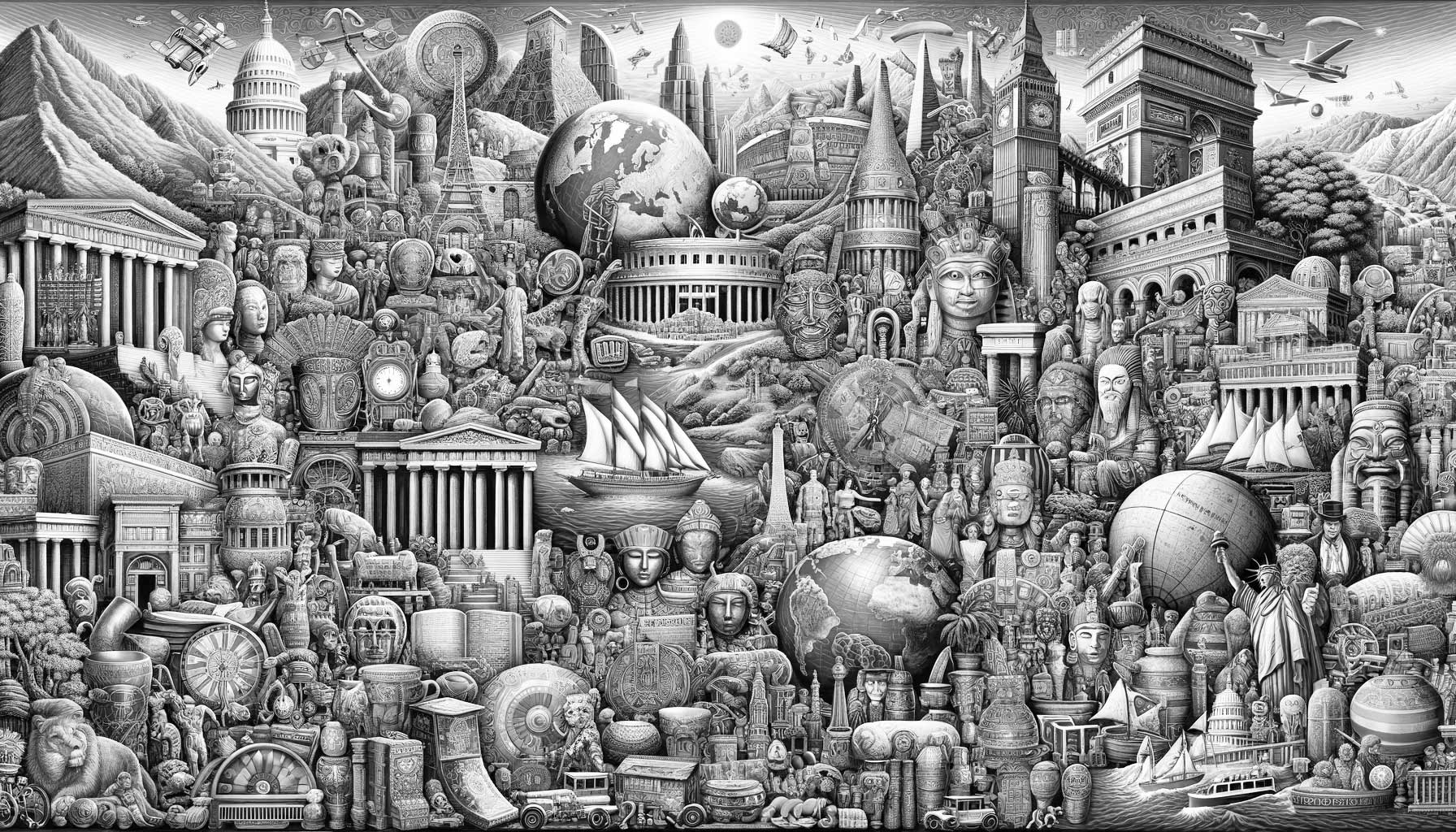Flashback to July 4
World History

Panama City, a voyage into history that dates back to August 15, 1519. A day marked by Spanish conquistador Pedro Arias Dávila for the founding of a city that has now become a significant global hub for commerce and a melting pot of cultures.
From the early years of its establishment, Panama City has played a vital part in transactions and trade worldwide. This is primarily due to its exceptional geographic location connecting the Atlantic and Pacific Oceans through the Panama Canal. Hence, understanding its origin as a city can shed light on the entwined development of global economies and cultures as we see them today.
Let’s travel back to that historic year, 1519. Pedro Arias Dávila, also known as Pedrarias, founded the city on the Pacific Ocean’s Gulf of Panama. Named after an indigenous fishing village, Panama City was the springboard for expeditions that conquered the Inca Empire in Peru. Its strategic location made it a conduit for gold and silver headed to Spain.
The establishment of Panama City was pivotal in history as it formed part of the significant maritime routes of the 16th century. This colonial city soon became a point of departure for Spain’s explorations and expeditions due to the abundance of natural riches discovered in the region. Many might not be aware that it was also the first European settlement along the Pacific coast in the Americas, a historical fact that added its charm over time.
During the subsequent centuries, this wonderful city underwent several changes, disruptions, and rebuilding phases. Largely influenced by the gold rush and the iconic construction of the Panama Canal, Panama City’s evolution is steeped in intrigue and adventure. Today, it’s standing tall as an important metropolis, drawing millions of tourists each year attracted by its rich historical value, natural wonders, unique culture, and beautiful architecture.
When you search for Panama City, trip into history, you’ll find traces of different eras each one leaving an irrefutable mark on the cityscape. Panama Viejo, the old city ruins, is a UNESCO World Heritage Site that represents the city’s genesis and early history. Casco Viejo, the city’s historic district, still bears Spanish colonial architecture’s timeless beauty, French and Antillean townhouses, cathedrals, and squares. Modern Panama City boasts a sparkling skyline, drawing comparisons with Miami and Dubai, as it cradles state-of-the-art luxury apartments, an impressive business district, and futuristic design elements.
The diversity Panama City offers cannot be understated. The past meets the present in every corner of this exciting city. The local culinary scene is equally diverse with options ranging from local to international cuisines. Panama City’s rich cultural offerings, historical sites, museums, and vibrant nightlife have cemented its reputation as a destination that caters to a wide range of interests and tastes.
A crucial aspect to spotlight here is the Panama Canal. Ever since its opening in 1914, it has heavily defined Panama City’s urban development and its worldwide economic significance. This engineering marvel has transformed global shipping, establishing Panama City as a key node in international trade and commerce.
commemorating Panama City’s foundation day is more than just recognizing a historical event. It presents an opportunity to appreciate the city’s journey from a modest fishing village to a global metropolis. This event is a time for the inhabitants to celebrate their heritage, history, and future visions for this remarkable city. So, mark August 15th on your calendar, as Panama City takes you on an eternal historical journey turning every page leading to today’s modern metropolis.
We strive for accuracy. If you see something that doesn't look right, click here to contact us!
Sponsored Content

A supernova is observed…
On July 4, 1054,…

Grand Junction Railway –…
On July 4, 1837,…

The first employment agency…
On 7/4/1631, ThTophraste opened…

